#Peruvian landscape
Text

Rainbow Mountains
The Peruvian Andes
Photographer: Karol Nienartowicz

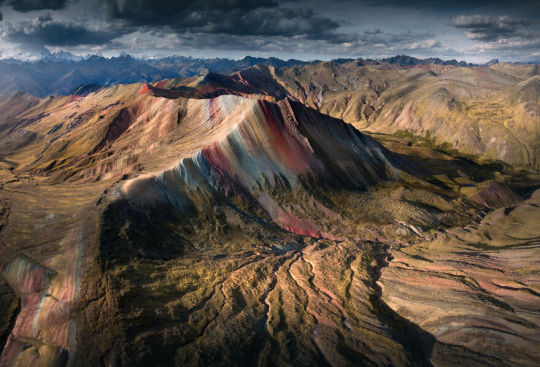

61 notes
·
View notes
Text
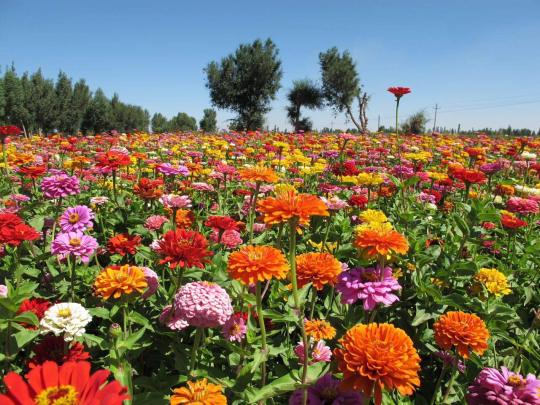

Peruvian Zinnias (Link)
some of my favorite flowers 💐
#nature#earth#earthcore#photography#beautiful#flowers#meadow#flower farm#field#woodlands#view#scenery#landscape#wild flowers#peruvian flowers#zinnias
21 notes
·
View notes
Photo
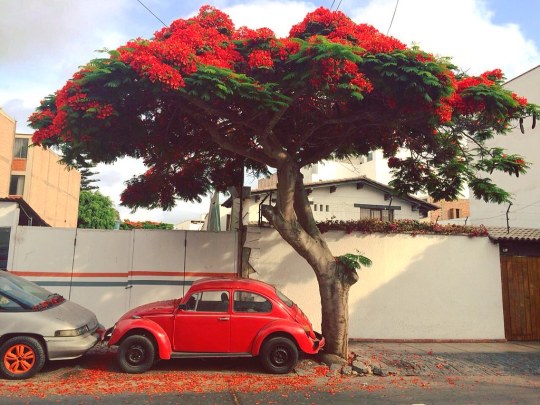
momento almodovar by bereb!
#vw#volkswagen#red#rouge#rojo#iphonegraphy#lima#peru#peruvian#landscape#urban#escape#flores#flowers#amazing#beauty#hermoso#vintage#cute#photography#streetstyle#streetview#cityscape#cityview#car#tree#arbol#arvore#summer#vibes
50 notes
·
View notes
Text
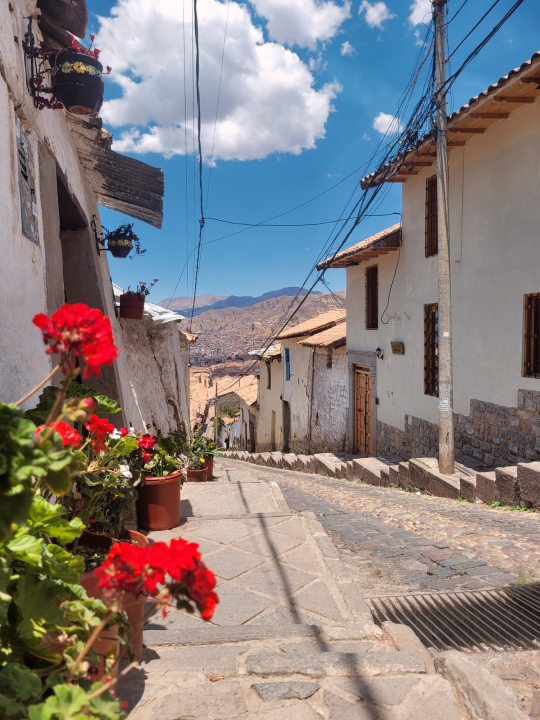
Peruvian Spring
#cuscoperu#cusco#peru#peruvian#traveler#travel photography#landscape#south america#flowers#red flowers#old style#inca
62 notes
·
View notes
Photo

“ Peruvian Andes “ // Chance Allred
81 notes
·
View notes
Photo
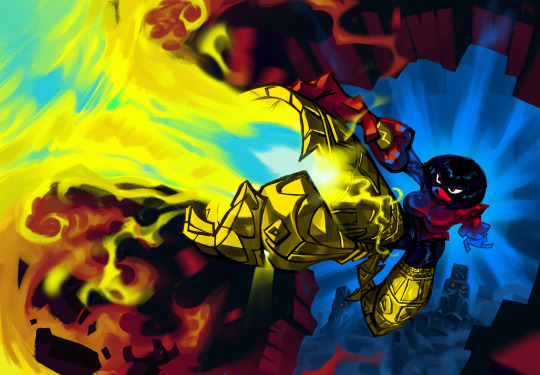
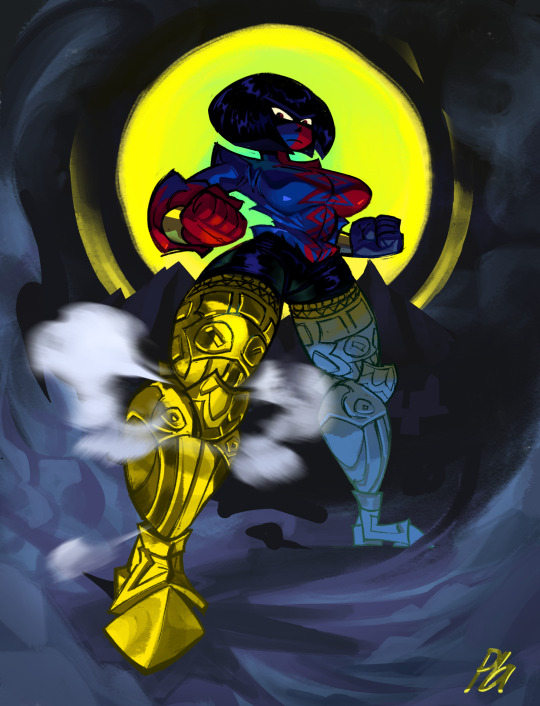
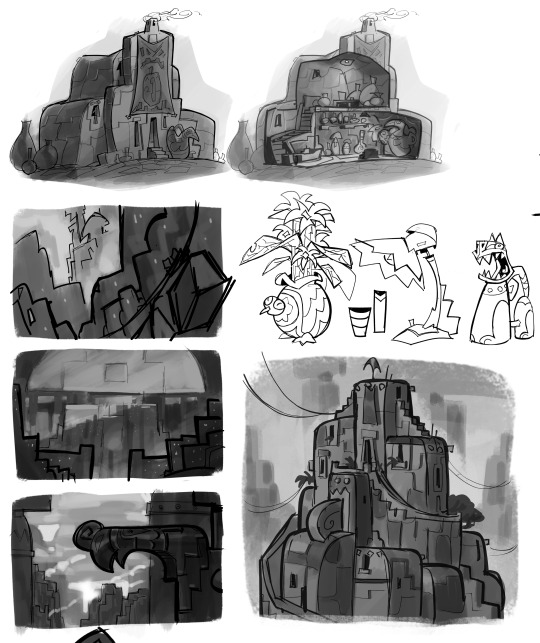
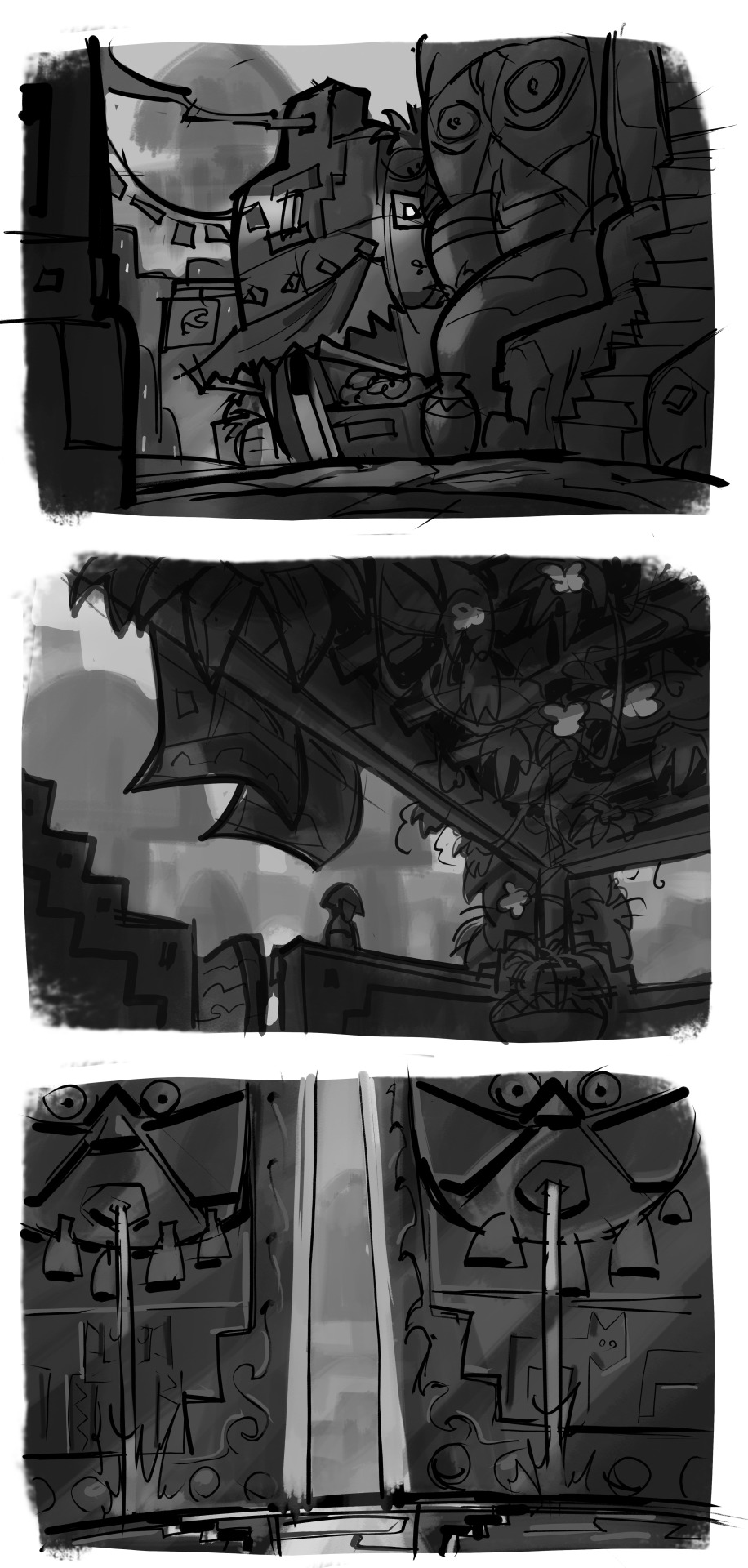

Champion of the Sun stuff
#world building#action#inca#prehispanic#peru#peruvian#houses#landscape#city#gold#legs#environment#study
24 notes
·
View notes
Text
Mountains and sunshine

4 notes
·
View notes
Text



Luis Colan
0 notes
Text
es increible imaginar que en unos años mas seamos solo el recuerdo de alguien que modifico nuestra vida
#sadnees#memories#peruvian#conenuboso#find me in your memory#frases sad#limaperu#sunnset#i'm sad#iquitos#love#landscape#lettering
0 notes
Photo

Container Garden - Landscape
#Summertime landscaping ideas for a sizable#eclectic backyard with concrete pavers that can withstand drought. carport#pool lounge chairs#flagstone#low water plants#peruvian lily
0 notes
Text
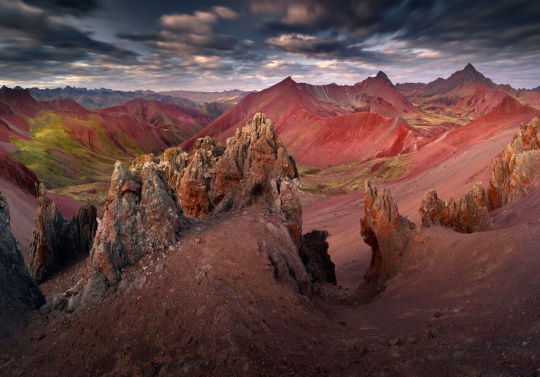
Red Valley
The Peruvian Andes
Photographer: Karol Nienartowicz


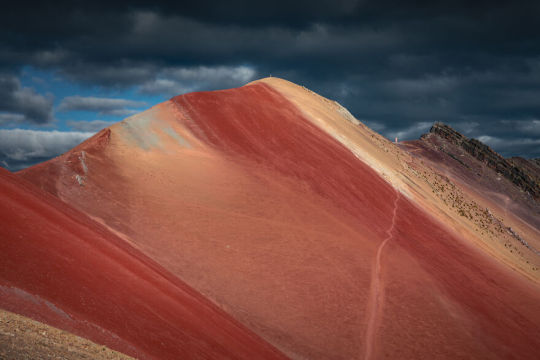
37 notes
·
View notes
Text
Un lugar lleno de estrellas a simple vista.✨
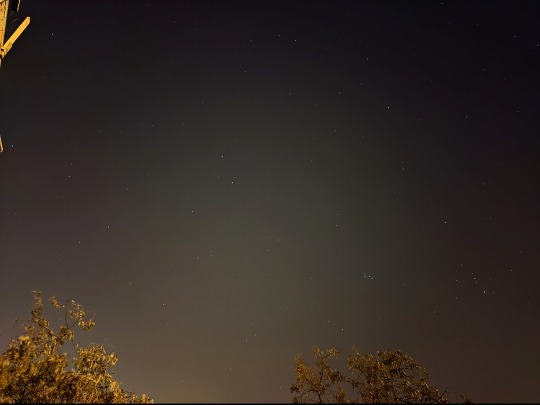
#cafe#cafelife#lima#relaxing music#landscapes#astrofotografia#astrography#astros#astroworld#estrellas#fotoblog#fotografia#fotoshooting#español#latino#latinoamerica#lima peru#peruano#peruvian#peru#perúpaísmásrico#Spotify
0 notes
Note
Hi Gallus, I'm doing some worldbuilding and you seem like you could be connected enough for me to find an answer to the problem of dwarven agriculture. Many problems are created by the requirement of no sunlight, as even the common response of mushrooms still need light to break down decomposing matter as a primary energy source. Currently, we're thinking that they use a special type of mushroom that breaks down rocks in an energy-producing reaction, giving them enough energy to absorb nutrients and grow - this would serve a second purpose in explaining why building a massive hollowed-out mountain fortress doesn't produce an equally large amount of gravel.
Any thoughts? We're grasping at straws kinda lol
Well, some thoughts:
There's plenty of cave systems (especially Karst Systems) that are at least partially open to Sunlight- especially the kind that have rivers running through them, which is something else that's really helpful for agriculture.
For Example: This Cool AF Sinkhole cave in china that has an entire Forest in it
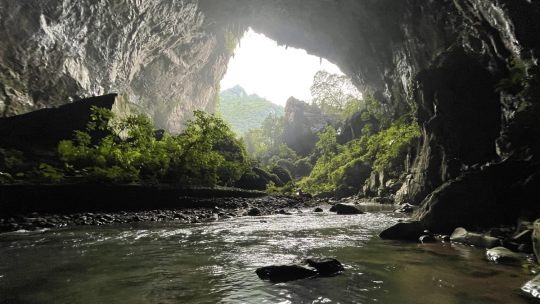
Now There's a view to put outside the city Gates!
Karst specifically is a landscape where underground rivers hollow out the limestone underground and then the cave roofs fall in. This kind of landscape answers your gravel question nicely: the hollowed out mountain does produce an equal amount of gravel, but the gravel turns up as the sandy banks of the river system hundreds of miles away.
So, there's your sunlight that can be used directly, or reflected or magically transferred deeper into the cave system.
Or they just put more holes in the roof! Unless your dwarves are also vampires, there's no reason for them to not hollow out a few Skylights into the mountain too.
But let's talk some other cave ecology and agriculture!
For starters, your dwarves could be sitting on top of a literal gold mine that would allow them to trade for a lot of needed materials and crops.
And by gold mine, I mean Salt Mine.
Historically, salt comes out of hollowed-out mountains and is worth more than gold.
Also something the humans have historically fought a bunch of wars over, so there's some free political tensions if you needed that!
I can also mean the possible fucking enormous piles of bat guano that accumulates in Karst caves, which is the world's most insanely good fertilizer, and ALSO something that has been worth more than it's weight in gold.
Speaking of Gold, another thing that often lives in sinkhole caves in abundance is BEES. turns out, limestone stalactites are a terrific place to build a hive that is difficult for predators to reach, stays dry and the stone substrate means the hives can reach many tons in weight before they start having structural issues. That sweet, sweet insect-derived liquid gold is already important to Dwarves in a lot of folklore- it's really hard to have a Traditional Dwarven Mead Hall without the honey to make the mead, you know?
So you got your mushrooms, you got your sunlight-grown sinkhole crops, you got your traded goods and you got your source of alcohol- the only thing really missing from an ancient food pyramid here is a staple carbohydrate. To that end, may I propose our good Peruvian Friend: The Potato.
Grain crops aren't actually all that nutritious and were kept around in ancient societies more as legal tender that kept the peasants busy, because wheat or rice takes months to grow, an enormous amount of labor to harvest, and wheat also needs to be milled before it can be turned into food- all enormously time-consuming processes that keep peasants busy and easy to rule tyranically over.
Potatoes though? Pop one in the ground in spring and you can dig up fingerlings all summer, and if you make potato towers, you can harvest up to 40lbs of delicious, easy-to-prepare-and-store carb out of a single plant- a real space-saver for the limited sinkhole skyspace.
If your dwarves have cheese, the potato makes even more sense, because Potato+dairy is the easiest, most nutritionally complete survival food there is.
Finally, consider: Dwarven Vodka.
This post is open for anyone to comment suggestions on, but that's my take: put your dwarves in a Karst-sinkhole cave system, give them a highly in demand resource like salt or guano, bees, and taters. Boom. Whole agriculture, economy and political scheme starters.
1K notes
·
View notes
Text
"Sunlight dapples the once-denuded forest floor as saplings spread their branches and leaves overhead, slowly forming a lush canopy.
Beside each young tree, a sign notes its species. Lupuna, says one, the colloquial Peruvian term, and below that its scientific name, Ceiba pentandra — in other words, a kapok tree, known for its cotton-like fibers. Huito, says another sign, or Geinpa americana, which produces edible gray berries.
Each sapling is distinct, a reflection of the Amazon's stunning biodiversity, with so many different species that you might go acres without finding a repeat.
Yet this young forest did not spring up naturally. It has been carefully recreated by humans in an area that was, until just three years ago, a heavily contaminated moonscape.
This land was stripped of its dense vegetation by miners scouring the subsoil for tiny specks of gold, using mercury to separate the gold from the sediment. Many thought that a healthy forest would never thrive in impoverished, mercury-laden topsoil and that the piles of sandy tailings, the residue from the gold mining effort, and the pools of wastewater were irremediable...
"It feels good to see the forest grow back," says Pedro Ynfantes, 66, the miner whose legal mining concession of 1,110 acres includes this 10-acre patch of land where this young forest is located. "We don't want to deforest. When we had the opportunity to let the forest grow back, we took it. It's much better this way."
The opportunity he refers to came via U.S. nonprofit Pure Earth, which works with communities across the Global Southto remediate environmental problems left behind by mining, much of it illegal. Their biggest targets are mercury and lead contamination...
Security forces have launched anti-mining operations down the years, even blowing up the miners' equipment deep in the jungle. But most local politicians, including Madre de Dios' members of Peru's national congress, broadly support the miners, who are a powerful constituency in the relatively sparsely populated jungle region.
Restoring the forest
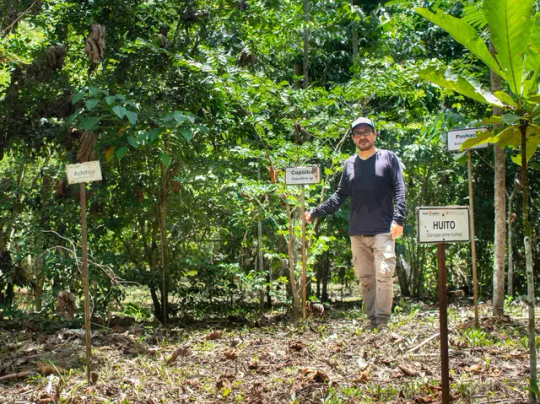
Pictured: France Cabanillas works for the nonprofit group Pure Earth, which is spearheading an effort to plant saplings in areas of the Peruvian Amazon that were devastated by illegal gold mining.
Now there's an effort to address the damage. Initially working with the region's legal miners, most of whom were here before the 2009 gold rush kicked off, the nonprofit group Pure Earth is using this patch of Ynfantes' land as a pilot project to show how the rainforest can be regenerated after the last traces of gold have been plucked from the soil.
It took a sustained outreach effort. Many miners are wary of or even downright hostile to foreign NGOs, which have repeatedly called for gold mining to be banned or severely curbed in the Peruvian Amazon — steps they say would cost them their livelihood.
"I am feeling optimistic," says France Cabanillas, Pure Earth's local coordinator, who has been appealing to the frustration of many miners at the heavy toll they have taken on the jungle and their desire to minimize their environmental footprint for the next generation.
"We still have a lot to do but this pilot is going well. Down the years, the miners have been getting a lot of stick but not much carrot when it comes to their environmental impacts," says Cabanillas. "We are offering them a carrot, allowing them to remediate their own impacts. Many of the miners do not want to be destroying the rainforest."
Before the miners plant the carefully-selected mix of tree species, they had to prepare the earth. Most of the topsoil had been washed away by the miners' heavy use of hoses.
That preparation involved adding biochar (burnt organic material) and even molasses, which contain fixed carbon and minerals, along with various other nutrients. The miners also had to dig tiny moats around the saplings to prevent all of this new planting from being washed away. Now, after three years, the forest is visibly coming back.
The rejuvenated rainforest also mitigates the impact of the mercury used by many of the illegal miners.
Research done by Pure Earth shows that the barren, sandy soil emits mercury. But in a rainforest, the ecosystem actually absorbs some of the metal, boosting public health."
-via NPR, April 2, 2024
#mining#illegal miners#gold#gold mining#peru#rainforest#ecosystem#mercury#environment#pollution#remediation#reforestation#good news#hope
352 notes
·
View notes
Text

Quechua: Peruvian Landscape
254 notes
·
View notes
Text

You're an exchange student at Seoul University.
In a world overrun by a mysterious virus that turns people into flesh-eating zombies you're separated from your brother, Elijah, who is stationed in the army. He is one of the first to hear of the outbreak and attempts to warn you, but all communication is cut off before he can provide any details.
You and a group of friends and strangers are left to fend for yourselves in the midst of the chaos. You all quickly realize that they must band together and navigate through the treacherous landscape filled with the undead if you guys are to survive.

1. Elijah (Brother):
In the harsh world of the zombie apocalypse, Elijah stands out as a beacon of strength and resilience. As a soldier, his tall and muscular frame reflects his years of military training. Elijah's chiseled jawline is adorned with a prominent scar, earned during his first tour of duty, serving as a constant reminder of the sacrifices made in this unforgiving world. Beneath his rugged exterior, he possesses a deeply compassionate nature and a strong sense of loyalty, especially towards his fellow survivors. Elijah's discipline and duty-driven approach to life are always apparent, but he's a man of few words, preferring to let his actions speak for him. His journey is one of redemption and hope, as he and his group fight to survive while seeking to reunite with you in the chaos of the undead.
2. Han Ji-Hye (Seoul University Student):
Han Ji-Hye, a student at Seoul University, epitomizes the essence of a diligent and compassionate scholar. She's a petite and intelligent young woman who's always ready to help and engage with others, despite the intense workload of her studies. With her striking dark hair, expressive eyes, and engaging personality, she quickly becomes an approachable and cherished friend among her peers. Ji-Hye's commitment to her academic pursuits and her love of learning are evident in her remarkable performance in a wide range of subjects, from mathematics to the humanities. Her active engagement in volunteer work and her involvement in student-led social justice initiatives reflect her deep empathy and her resolve to make a difference in the world. Ji-Hye stands as a beacon of hope, resilience, and unwavering kindness, embodying the spirit of a dedicated Seoul University student.
3. Valeria Monila (Seoul University Student with Mixed Heritage):
Valeria Monila, hailing from Peru and bearing a mixed heritage of Haitian and Peruvian roots, is a captivating presence at Seoul University. Her unique blend of cultural backgrounds is evident in her striking and diverse appearance. Valeria possesses a warm and outgoing personality, exemplifying a natural charisma that resonates with those around her. She's driven and highly motivated, excelling in her studies while immersing herself in the rich cultural scene of Seoul. Despite the challenges of studying abroad, she remains resilient and compassionate, actively contributing to social justice initiatives both in Seoul and on a global scale. Valeria's vibrant character reflects the beauty of cultural diversity, and her passionate commitment to making the world a better place is an inspiration to those who know her.
4. Micheal Reid (Seoul University Student with Mixed Heritage, Reserved Demeanor):
Micheal Reid's mixed heritage of Australian, Japanese, and Costa Rican ancestry has shaped his unique presence at Seoul University. While he appears friendly and outgoing, Micheal's reserved demeanor often keeps others at arm's length. His aloof and introspective nature can make it challenging for people to connect with him on a personal level. Nevertheless, his intelligence and perceptive mind set him apart academically, excelling in his studies and problem-solving. His introspective and self-aware character drives him to constantly seek self-improvement. Micheal's complex and enigmatic personality, combined with his diverse cultural background, makes him a thought-provoking figure in the academic and social circles of Seoul University.
(These are not the only characters)
Inspired by All of Us are Dead and Duty After School
ASK WELCOME
#the last dawn-if#interactive fiction#interactive novel#interactive game#itch.io#zombie#twine wip#twine interactive fiction#twine if#twine game#if wip#if game#if
207 notes
·
View notes